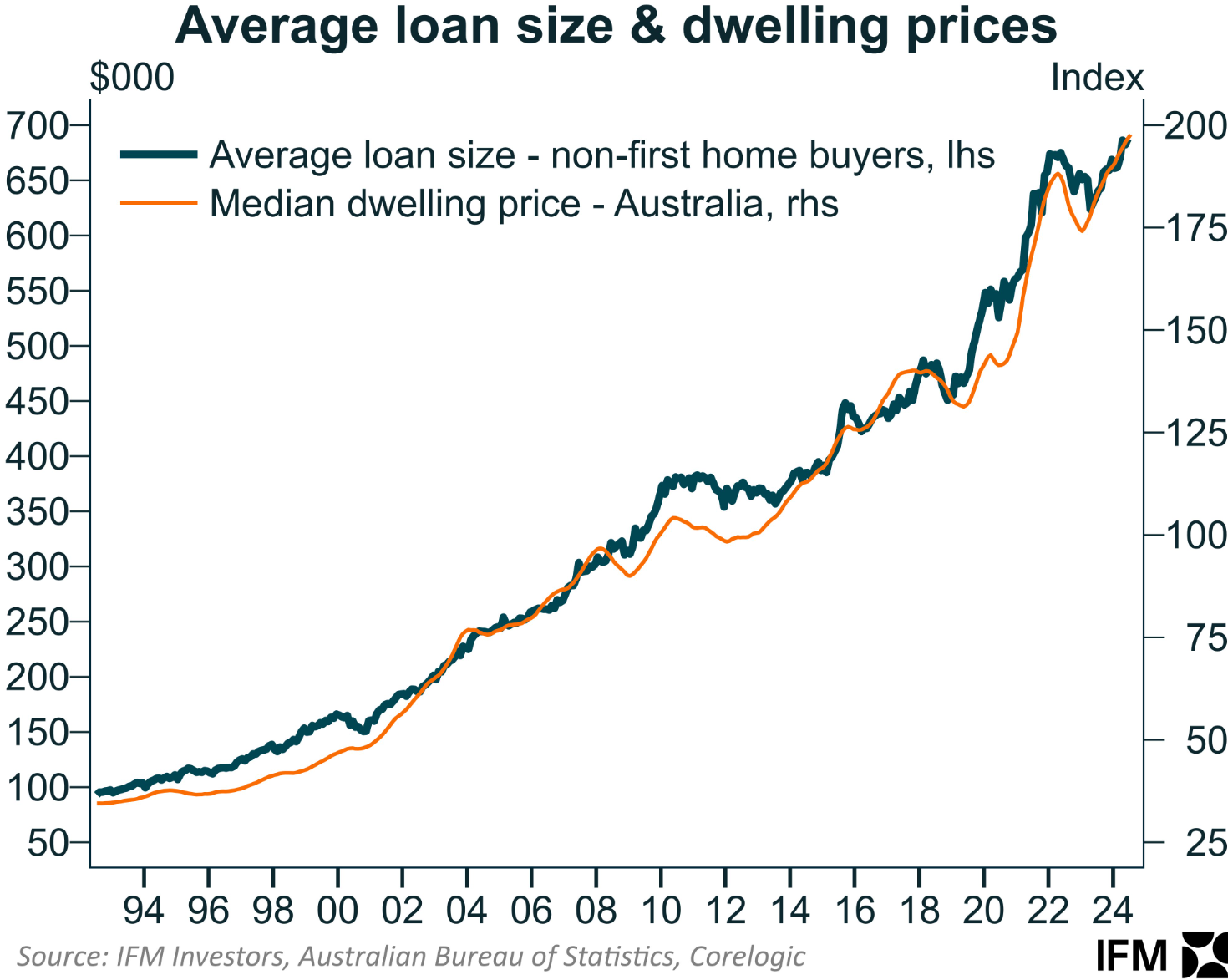The Housing Industry Association (HIA) released a bizarre ‘analysis’ claiming that the federal government’s 5% deposit scheme for first home buyers would ultimately help to lower property prices and rents.
The HIA claims that the $25,000 average amount required to pay for lenders’ mortgage insurance (LMI) “meant fewer new households could buy a home”, which “meant that more households were renting and renting for longer, which in turn forces up rental prices, making it even harder to save to buy a home”.
The HIA also claims that LMI further reduces the supply of new homes, since “around a third of all new homes are built by FHB’s”.
Therefore, “with the supply of new homes impaired, and demand growing through population growth, home prices rise faster than they otherwise would, making it increasingly difficult for FHB’s to save a deposit”.
HIA admits that prices will rise in the short-term from the policy, but will ultimately fall after three years as supply catches up.
Meanwhile, separate modelling by Lateral Economics, produced on behalf of the Insurance Council of Australia, concludes that the 5% deposit scheme will result in house prices rising by between 3.5% and 6.6% nationally within its first year.
Property prices for the first-home segment are projected to rise by as much as 9.9% within 12 months.
The report claims that many first-home buyers would be worse off under the scheme because they will pay more through higher prices than what they would save on LMI.
Why prices will soar:
The past 25 years have proven that whenever governments provide demand-side policy stimulus, be it first home owner grants and subsidies or 5% deposit schemes, they have proven self-defeating from an affordability perspective, ultimately resulting in larger mortgages and higher home prices.

The HIA’s arguments about boosting supply aren’t particularly convincing, given that the past 25 years of first home buyer stimulus have done little to lift supply.
Meanwhile, independent property analyst Cameron Kusher warned that with the federal government guaranteeing 15% of all first home buyer mortgages, there is also the risk that “if house prices did start to meaningfully fall, the government would throw the kitchen sink and everything else at stopping the price falls from occurring”.
“Real estate expert” and former RBA economist Martin Eftimoski also warned that the 5% deposit scheme and the abolition of LMI “is much more material than an interest rate cut to incentivise borrowing”.
“So in my opinion, this LMI subsidy for first home buyers is going to set the market for properties between $800k-$1.5m on fire in Sydney”.
The only saving grace for prices is that Justin Fabo from Antipodean Macro believes that the bringing forward of the 5% deposit scheme might prevent the RBA from cutting rates.
“There’s just so much underlying (fear of missing out) in the housing market – people can’t help themselves when there’s this perception of free or subsidised money”, he said, warning that the scheme would be another factor making the central bank hesitant to cut rates.
“While the RBA will be reluctant to publicly comment on it, internally they’ll be going ‘shit’”.
As I noted yesterday, the average dwelling in Australia is currently valued at more than $1 million. The last thing the housing market needs is more policy stimulus.
If the Albanese government genuinely wanted to improve housing affordability, it would take the pressure off rents and prices by cutting immigration.
Instead, the government expanded the student visa intake by 25,000 and watered down English-language requirements.
As a result, population demand will continue to run ahead of supply, worsening overall housing affordability.

